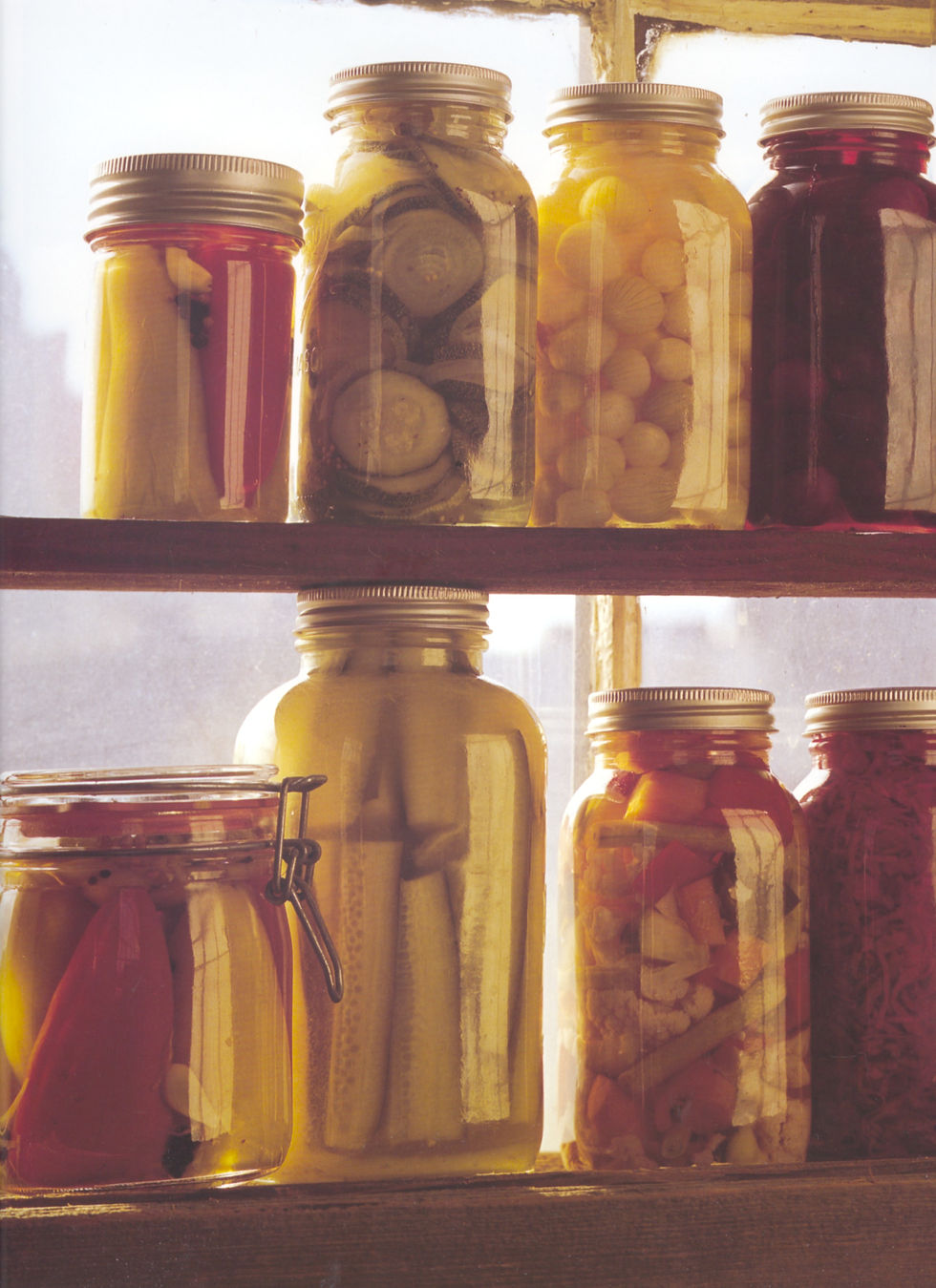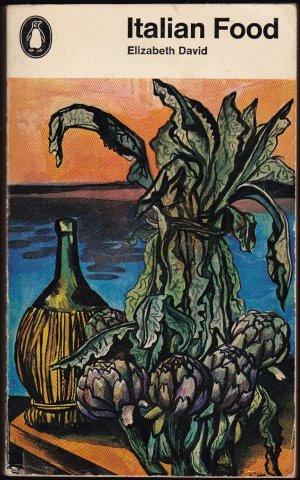Antipasti - a first recipe from Elizabeth David
- rosemary
- Nov 27, 2020
- 6 min read
"Among Italian antipasti (hors d'œuvre) are to be found some of the most successful culinary achievements in European cooking. Most midday meals in Italy start with some small dish of antipasti, particularly if the meal is to be without pasta" Elizabeth David

Elizabeth David's book Italian food has been sitting on my desk waiting for its appearance on this blog in the first recipe category. The quote at the top are her first words on antipasti. Compare and contrast with my other English guru on Italian food Jamie Oliver.
"Antipasti is the norm in Italy, and is basically an endless array of bits and pieces that you would eat before tucking into your pasta course." Jamie Oliver
And the picture is his first antipasti recipe in Jamie Cooks Italy, that he calls Antipasti plank and which has apparently become a bit of a thing. It's certainly an appealing way of serving antipasti and particularly suited to the Australian summer - which is here - it's 33 degrees and sunny today.
Really, however, my point is, how times have changed.
Below is the book in question and beside it is the drawing by Renato Guttaso fronting the Antipasti e Insalate section. His drawings are scattered throughout the book - not many - but they are very striking - and they are the only illustrations in the book. Designed more to give a general impression of Italian food than to show how the food you prepare from Elizabeth David's recipes should look.
More significant than the design of the book though is the fact that she is writing in an age that was not overly familiar with Italian food. As I have said several times before, around the time this book was first published (1954) my mother and I made our first spaghetti bolognaise from a recipe in a women's magazine. We did not really know what garlic was and we may well have used some other kind of fat to olive oil as you could only get that at the chemists back then. But we thought we were being incredibly adventurous. Indeed so did Elizabeth David, for she laments at length how unadventurous the British on holiday in Italy are, and how the food that is served up in restaurants is not at all 'real' Italian food.
"It is not in overgrown seaside villages or tourist-infested islands in the heat of a Mediterranean summer that gastronomic treats can be found."
Of course this can still be true. But if you choose your eating places with care, either by just perusing the menus outside every restaurant in your chosen town or village, asking around, or by consulting guides such as Trip Advisor and Michelin, sooner or later you will find a restaurant or small café that serves 'real' regional delights. For regionality is the thing in Italy, and foodwise, that has become a tourist attraction in itself. Mind you why I am talking about visiting Italy when none of us are likely to do so in the near future I do not know. Although this probably demonstrates the biggest change since Elizabeth David's time; the bountiful supply of Italian restaurants in our own towns and suburbs. Some of them are better than others of course, but generally speaking you can usually find a good one not too far away. Even a supremely good one such as Grossi Florentino in the city of Melbourne. Besides with the help of countless cookbooks and TV programs you can now cook your own at home, because even your local supermarket has all the ingredients you need.
Elizabeth David wrote that:

"The most common antipasti, are some kind of salame sausage, olives, anchovies, ham, small artichokes in oil, fungi in vinegar (rather tasteless and unsatisfactory, these last), pimentos in oil, raw fennel, raw broad beans."
Jamie Oliver too lauds all those preserved things in jars, and, indeed shows you how to make many of them, as does Lorenza de Medici in Italy the Beautiful Cookbook.
But in Italian Food there is not a single recipe for bruschetta (although there are some for crostini) or arancini. Mind you both Jamie and Elizabeth are huge fans of prosciutto with fruit:
"Whose was the brilliant idea of combining fine slices of these hams with fresh figs? Or melons? (Although melons are very much a second best." Elizabeth David

"Teaming up salty, good-quality cured meats, like prosciutto, with the fresh sweetness of seasonal fruit is a beautiful thing, and makes for the perfect antipasti spread or base to an incredible salad. ... With a drizzle of thick aged balsamic vinegar and peppery cold-pressed virgin olive oil, plus pinches of rocket and a few freshly picked mint leaves, it's a dream combo. Add creamy buffalo mozzarella or crumbly blue cheese, and you're laughing." Jamie Oliver
And that's another thing - Elizabeth David appears not to have known of the existence of balsamic vinegar, whereas now it's one of the most common ingredients around. How times have changed.
So what after all of that is Elizabeth David's first recipe? Well it's something she calls Antipasto alla Genovese. None of my other 'Italian' books had this which was a bit intriguing because, say what you like about her she is rigorously authentic. But in a way it's not really a recipe - it's just a collection of things on a plate. So I looked a bit more and found that it is indeed a Ligurian speciality - well partially Ligurian. Specifically from the rather beautiful looking town of Sant'Olcese.


The town is important because it is here that they make the specific salami for this dish. Unusually this is a salami made from beef, not pork. And indeed in spring there is a festival in the town celebrating the salami which is served in this Antipasto alla Genovese, a very simple dish of the salami, very young and fresh broad beans, served in their pods, and a fresh sheep's cheese from Sardinia called Sardo Fresco. Sardo is actually a Pecorino so occasionally you also find the dish served with the hard Pecorino. Looks better to me with the softer cheese though. I don't know if you can get it here - well yes you can online, but I'm not sure that you would find it easily in the shops.
"When fresh, Sardo has a sharp salty tang, and together with the beans, the salami, some crusty fresh bread, and a glass or two of the good white Coronata wine of the district, provides a perfect beginning to a country meal". Elizabeth David
If you grow your own broad beans it would be relatively simple to do albeit without the correct salami or cheese, but a good imitation could be achieved. I doubt you would find fresh enough beans in the shops or the market.
And that's the thing about antipasti isn't it? You can make a whole meal out of them if you want with no trouble at all. When I serve up such things for lunch with good crusty bread I am always surprised at how clever people seem to think this is but really it's just a matter of taking things out of the fridge, the packet, the jar and arranging them nicely - maybe on a plank like Jamie.
And if you want to be classier there are heaps of ideas out there for quick and simple things. We have come a long way since Elizabeth David. In Italy and in Italian restaurants I have to say that I could just eat the antipasti or antipasti plus pasta. The main dishes are often a disappointment I find.
When Elizabeth David wrote her book in 1954 we did not know about pizza or even pasta. Now with fervent fans such as Jamie et al. we are probably oversupplied with ideas.
Anyway summer is here and this is perfect food for summer. Off to the supermarket with you.
POSTSCRIPT
I should have said that Italian Food is a wonderful book. I have cooked just about all of the pasta and pizza recipes, most of the soups, as well as lots of the main dishes and sweets. It is still, sort of my Italian bible. Jamie is good, as is Italy the Beautiful Cookbook, but when I'm looking for something classic, in spite of all the other sources that exist, both on my bookshelves and the net, I often find myself turning to Elizabeth David. Her fried pizza is the best! I guess it's still in print, though you might have to buy it online, but if you haven't got it, do consider. This and French Provincial Cooking are my favourites of hers.















Comments